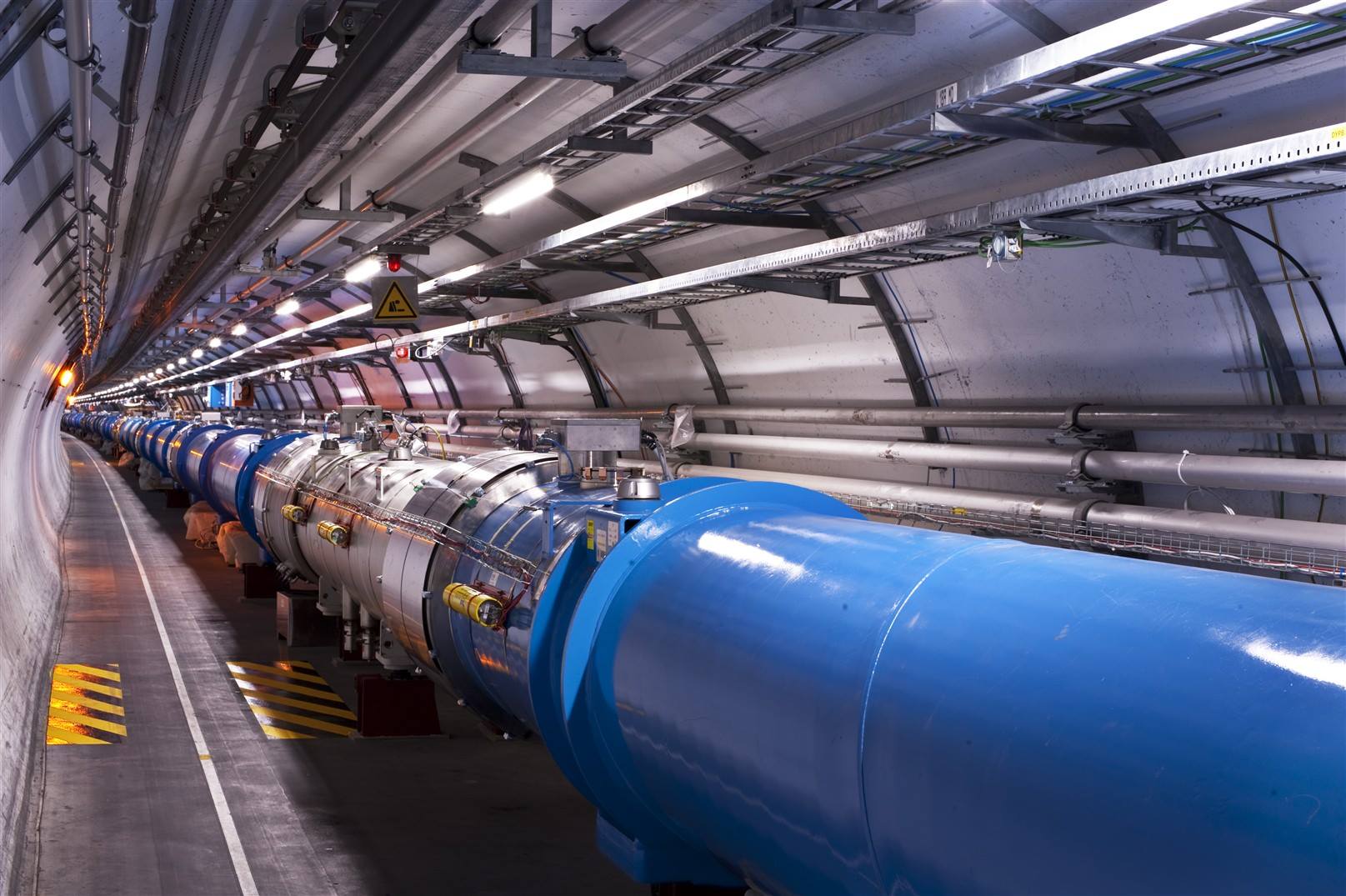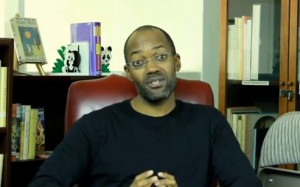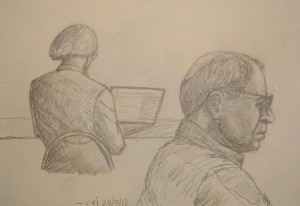NPR goes to LHC
National Public Radio’s David Kestenbaum, who’s quite reliably an excellent reporter whose field reports I always enjoy, did a report on CERN’s (soon to be switched on) Large Hadron Collider (see also a Wiki here) today! Or rather, it was played on this morning’s Morning Edition. Here’s the site where you can listen to an archived version of the report, and read a transcript of some of it. It’s rather well done.

(Image: A simulation from the CMS experiment – part of the LHC – showing the decay of the Higgs particle after being created in one of the high energy collisions.)
It starts with a few theoretical physicist clichés in the introductory remarks leaving up to talking to Alvaro De Rujula, but it’s fine – not really too over the top, and done with good humour. Really good is that fact that once the physics issues start being discussed and described, he focuses on doing that well. The bottom line is that if your subject -the science- is good, that should take center stage in forming the core of the report for attracting and holding the audience’s attention.
And report does it well. Through interview and Kestenbaum filling in with further […] Click to continue reading this post
























